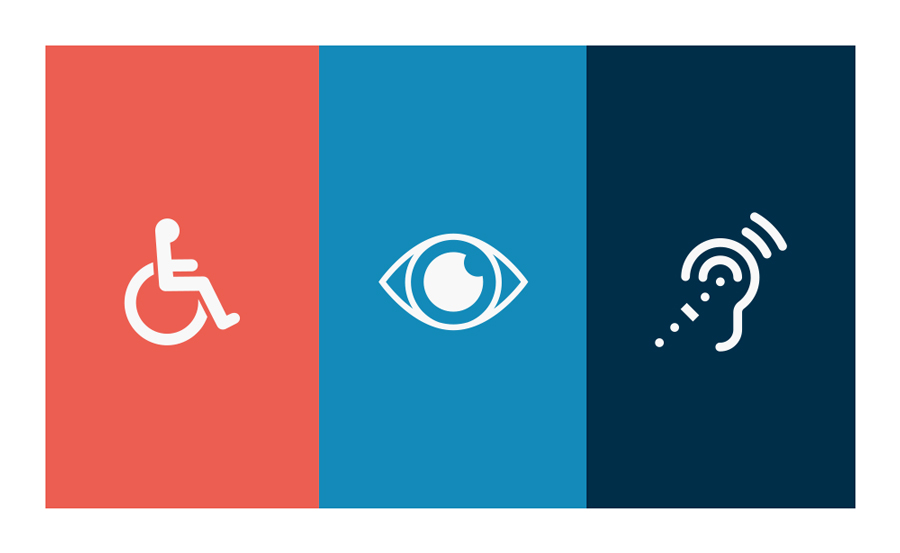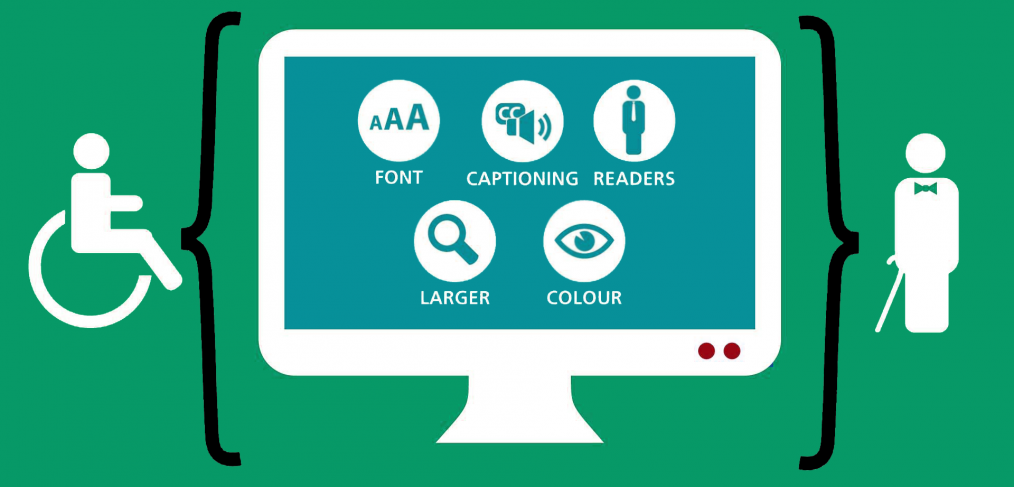What’s ADA Compliance Got To Do With It?
In today’s digital world, your website is often the first impression someone has of your business. But what happens when that digital door isn’t open to everyone? Enter ADA compliance — a crucial but often overlooked aspect of website design that ensures accessibility for all users, including those with disabilities.
What Is ADA Compliance?
ADA stands for the Americans with Disabilities Act, a civil rights law enacted in 1990 that prohibits discrimination based on disability. While the law was originally intended for physical spaces, its scope has evolved with technology. Today, it applies to digital environments too — including websites.
In essence, an ADA-compliant website is one that is accessible to individuals with a wide range of disabilities, from visual and auditory impairments to cognitive and motor skill challenges. This is typically achieved by following guidelines like the Web Content Accessibility Guidelines (WCAG), which offer a roadmap for creating websites that are perceivable, operable, understandable, and robust.
Why It Matters
1. Inclusivity Is Good Business
Making your website accessible isn’t just about compliance — it’s about community. One in four adults in the U.S. lives with a disability. By designing with accessibility in mind, you expand your reach and show that your brand values inclusivity.
2. Legal Protection
ADA-related lawsuits against websites are on the rise. Failing to meet accessibility standards can leave businesses vulnerable to legal action. Compliance helps reduce this risk and demonstrates a proactive approach to equal access.
3. Better User Experience for Everyone
Features like alt text, keyboard navigation, readable fonts, and proper contrast ratios don’t just benefit those with disabilities — they improve usability for all visitors. Accessible websites tend to load faster, perform better on mobile devices, and rank higher in search engines.
Key Elements of ADA-Compliant Web Design
- Alt Text for Images: Descriptive text for screen readers so visually impaired users can understand images.
- Keyboard Navigation: Full website functionality using only a keyboard.
- Color Contrast: High contrast between text and background to aid readability.
- Text Resizing: Allow users to adjust text size without breaking the layout.
- Captioned Videos: Subtitles or transcripts for users who are deaf or hard of hearing.
- Descriptive Links: “Click here” isn’t helpful; use specific, meaningful link text.
Getting Started
Whether you’re building a new website or updating an existing one, accessibility should be baked in from the beginning — not bolted on at the end. Work with designers and developers who are familiar with accessibility standards, regularly audit your site, and always keep your users in mind.
Final Thoughts
So, what’s ADA compliance got to do with it? Everything.
Designing with accessibility at the forefront isn’t just the law — it’s the right thing to do. It builds trust, broadens your audience, and creates a more inclusive digital space for everyone.
Ready to make your website accessible and inclusive for all?
At Familiar Design Studio, we specialize in building beautiful, ADA-compliant websites that don’t just look great — they work for everyone. Let’s create something meaningful together.
👉 Get in touch with us today, and let’s bring your vision to life.



